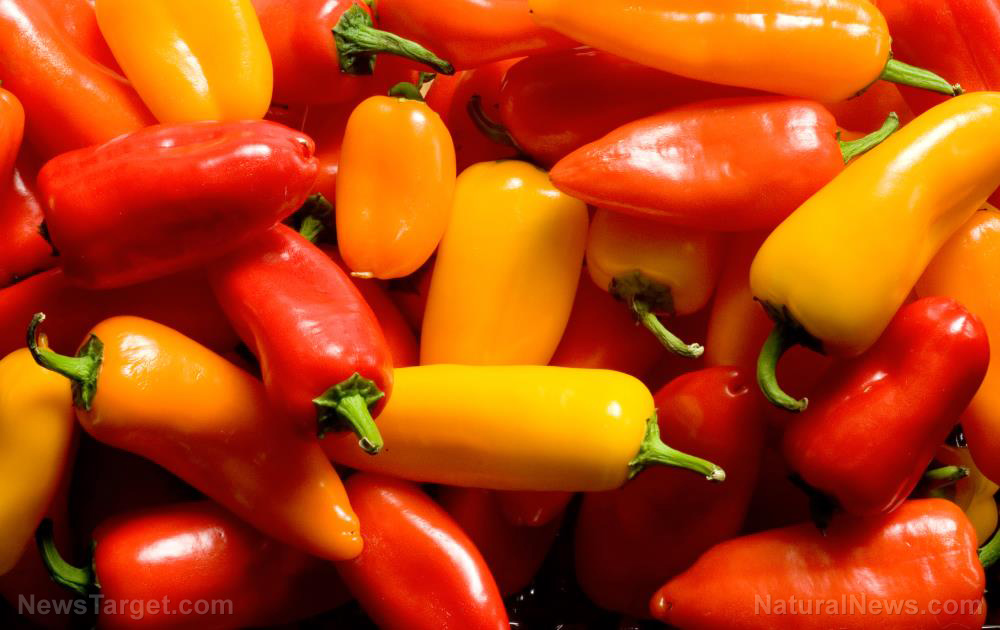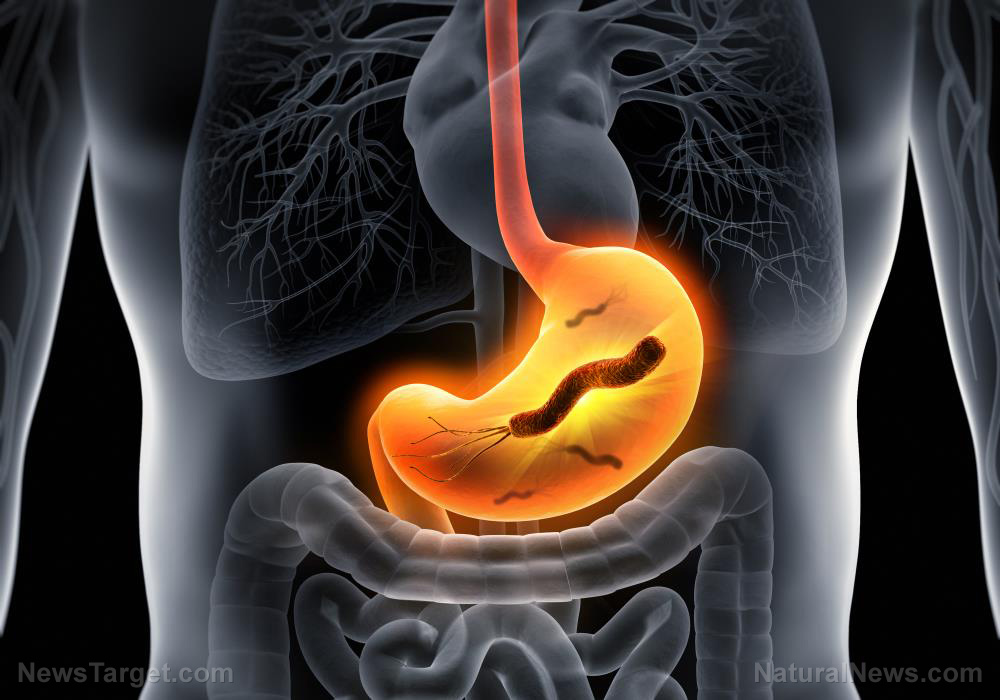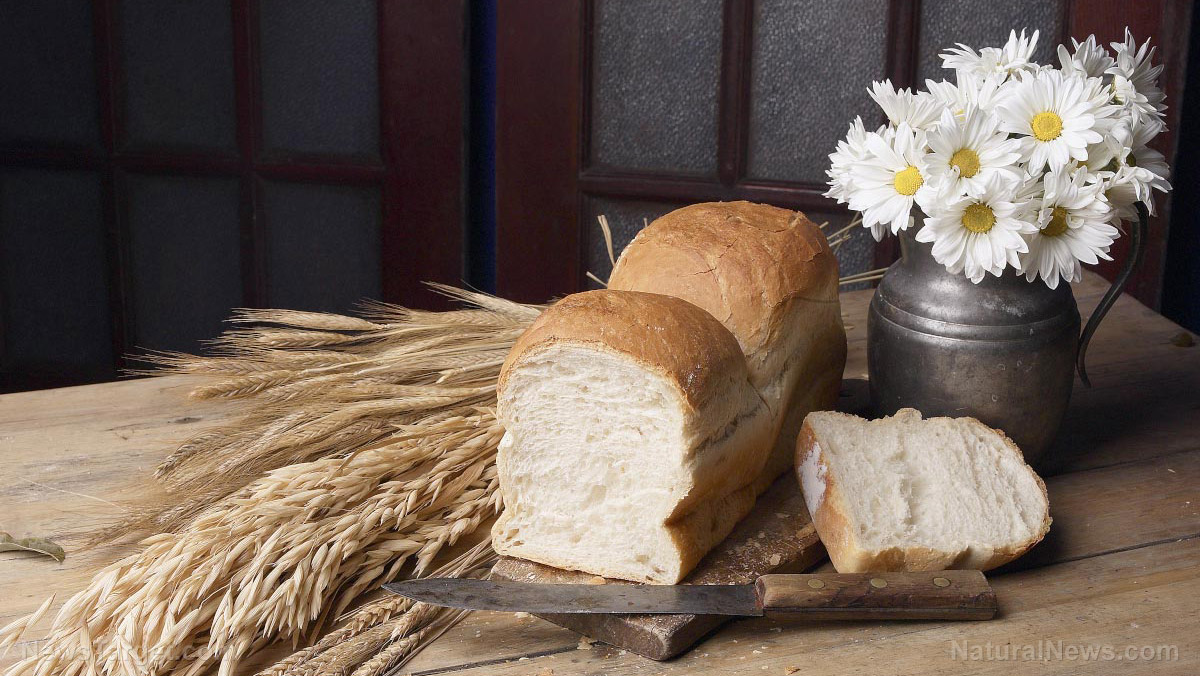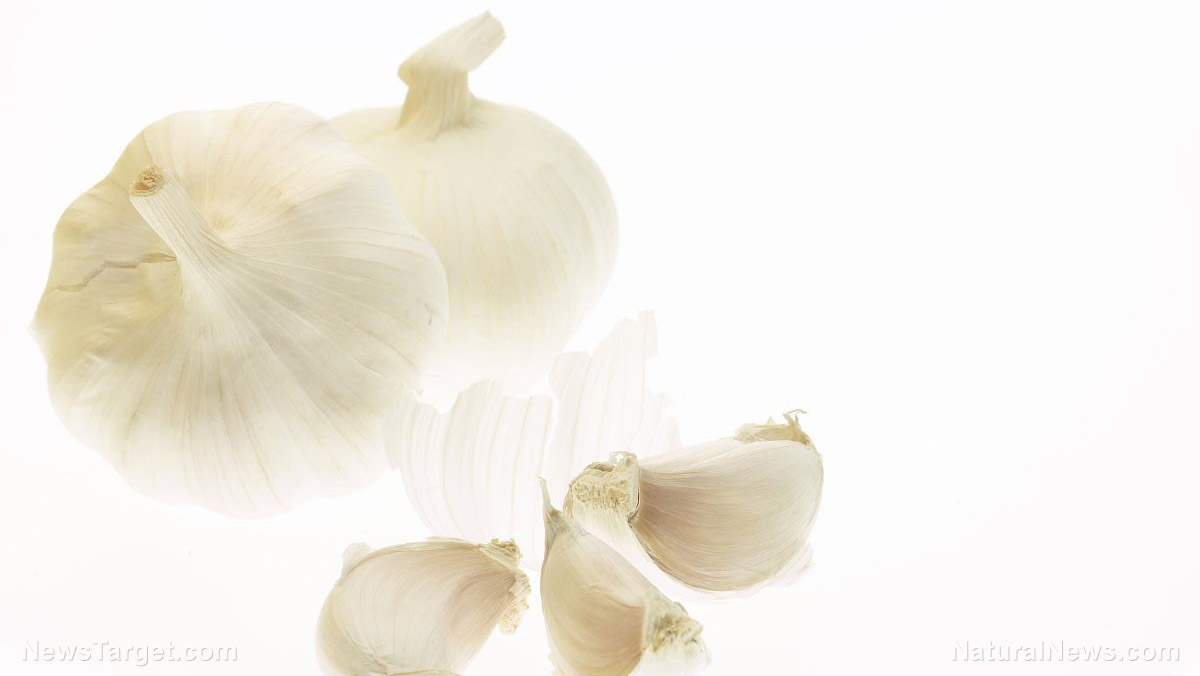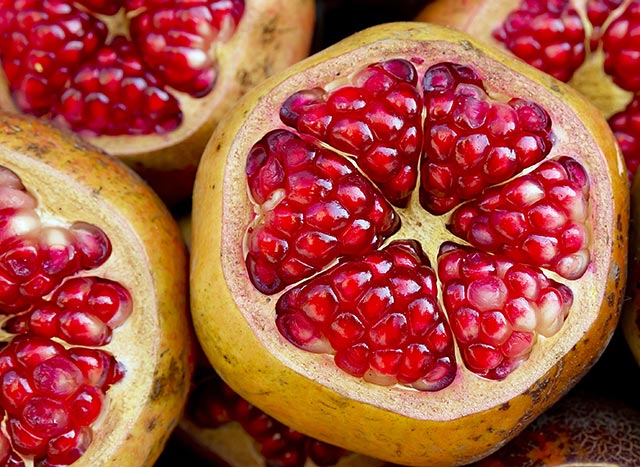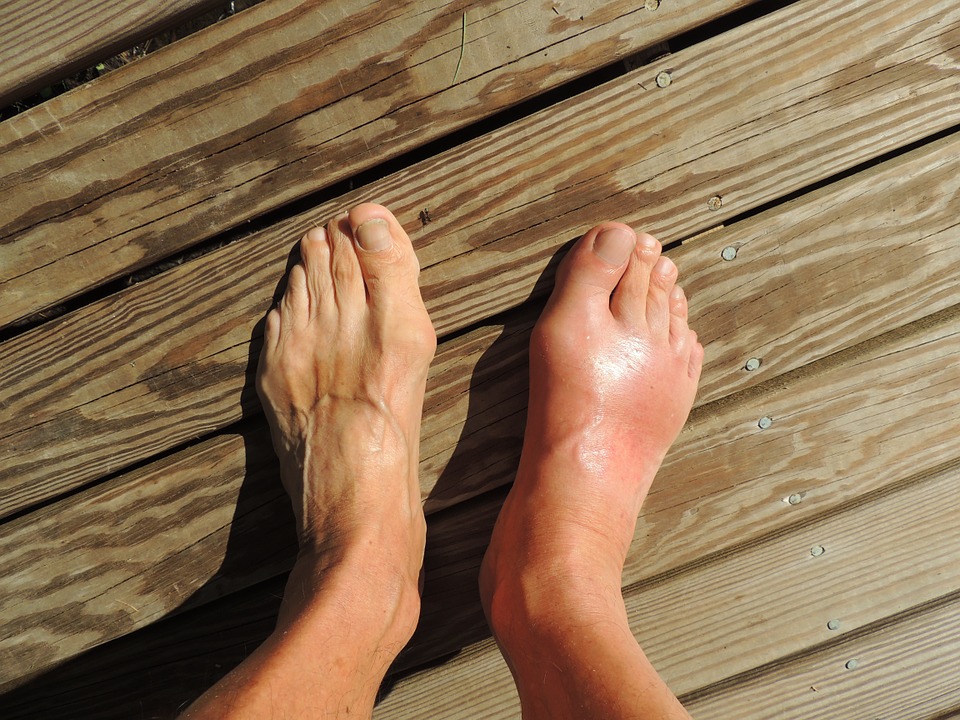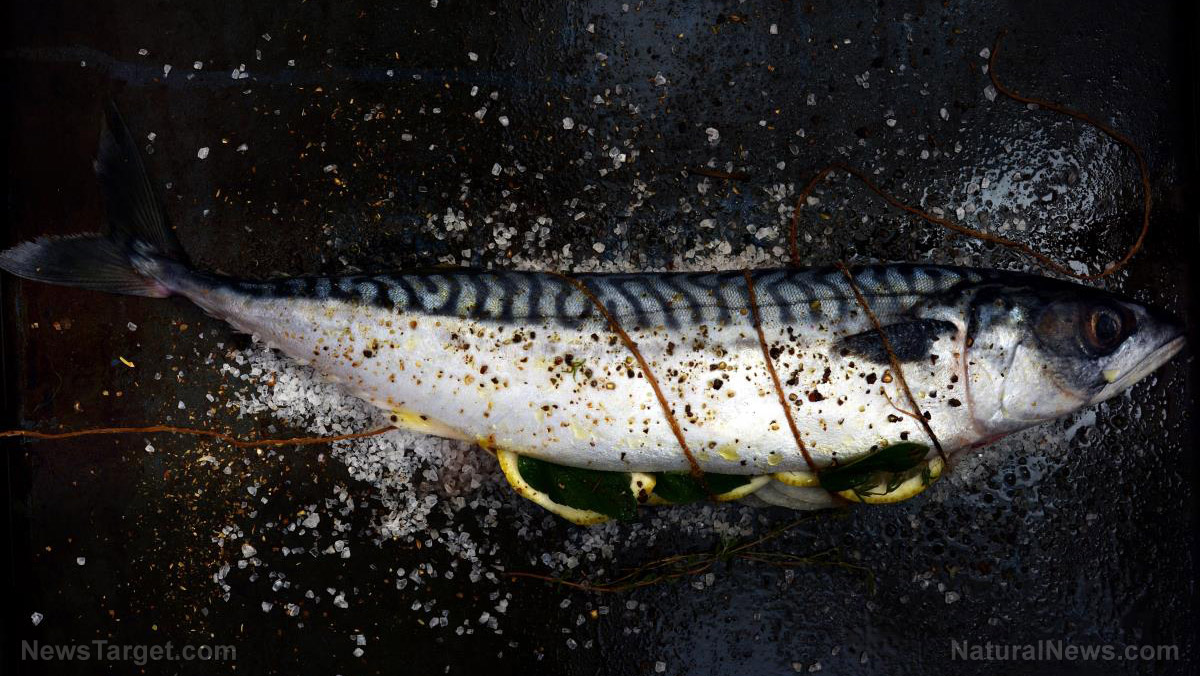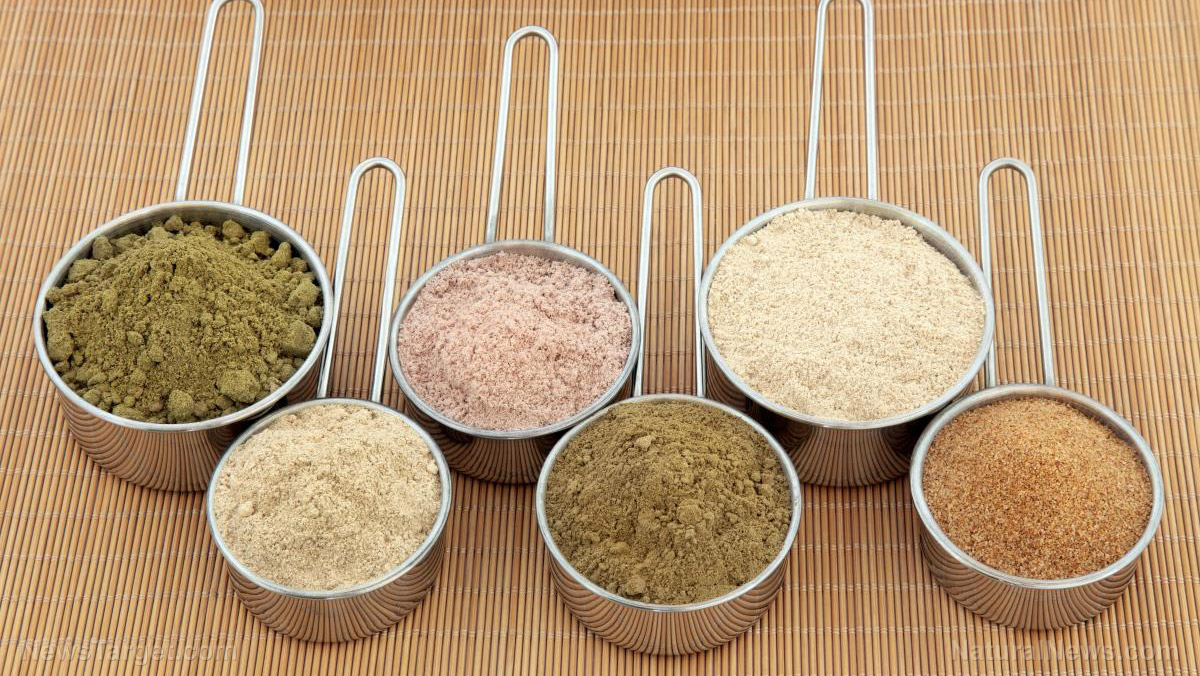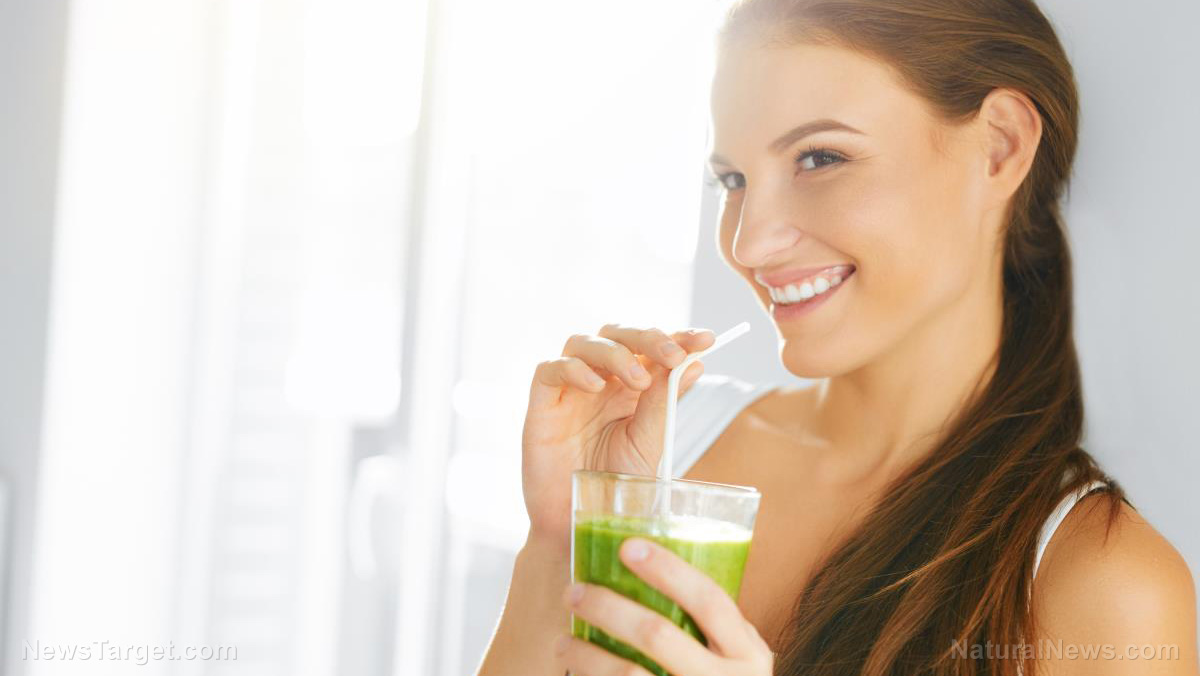Soy isoflavone consumption linked to risk of Kawasaki disease
07/18/2019 / By Evangelyn Rodriguez
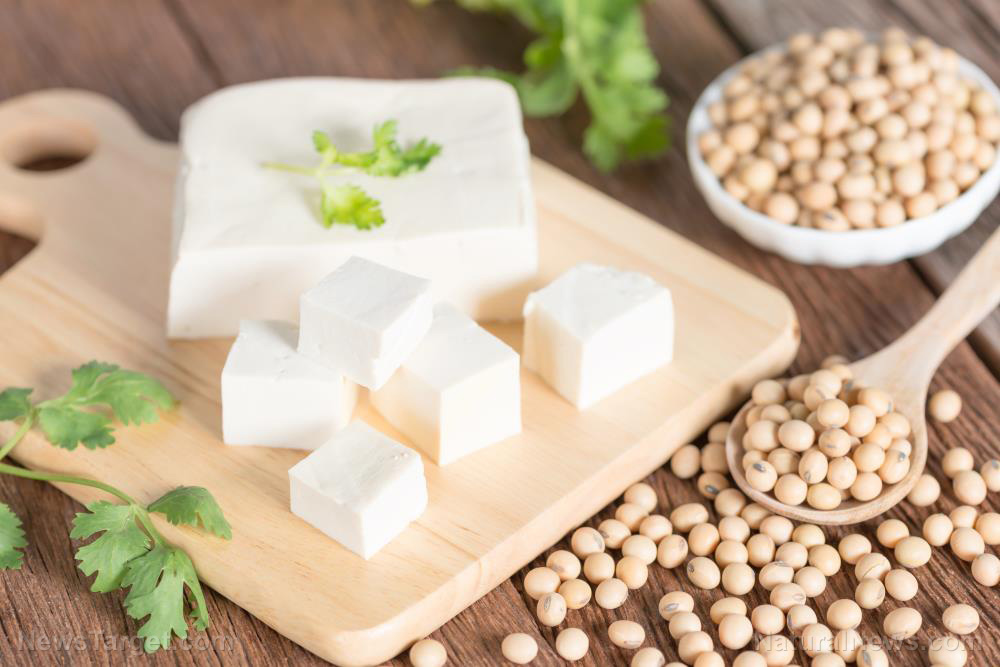
Researchers from the U.S. investigated the link between the risk of Kawasaki disease (KD) and dietary soy and isoflavone consumption. The results of their study were published in the journal Nutrition Research.
- KD is defined as acute vasculitis that affects children. Its incidence varies according to ethnicity and is highest in Asian populations.
- While genetic differences could explain this variation, dietary and environmental factors may also be involved in its development.
- For their study, the researchers determined the dietary soy and isoflavone consumption of KD children just before the onset of the disease as well as their mother’s intake during pregnancy and nursing.
- The researchers hypothesized that soy isoflavone consumption is associated with the risk of KD in American children, which could explain some of the ethnic-cultural variations in KD incidence.
- To test their hypothesis, they evaluated soy food intake and isoflavone consumption in nearly 200 U.S. KD cases using a food frequency questionnaire and compared the data with those from 200 age-matched controls.
- They used a logistic regression model to test the association between isoflavones and KD.
- The researchers reported that soy intake during pregnancy and nursing showed no significant differences in isoflavone consumption between the two groups.
- However, upon a comparison of high soy consumers and non-consumers, they identified a significant increase in KD risk in children for total isoflavone and genistein intakes.
- They also observed a significant increase in KD risk in Asian-American children with the highest consumption compared with white children.
Based on these results, the researchers concluded that childhood dietary isoflavone consumption, not maternal isoflavone intake during pregnancy and nursing is related to KD risk in an ethnically diverse U.S. population.
Journal Reference:
Portman MA, Navarro SL, Bruce ME, Lampe JW. SOY ISOFLAVONE INTAKE IS ASSOCIATED WITH RISK OF KAWASAKI DISEASE. Nutrition Research. August 2016;36(8):827–834. DOI: 10.1016/j.nutres.2016.04.002
Tagged Under: #nutrition, acute vasculitis, children's disease, children's health, dietary soy, discovery, ethnicity, Genistein, heart disease, heart health, kawasaki disease, research, risk of Kawasaki disease, soy isoflavone
RECENT NEWS & ARTICLES
COPYRIGHT © 2017 FOOD SCIENCE NEWS

